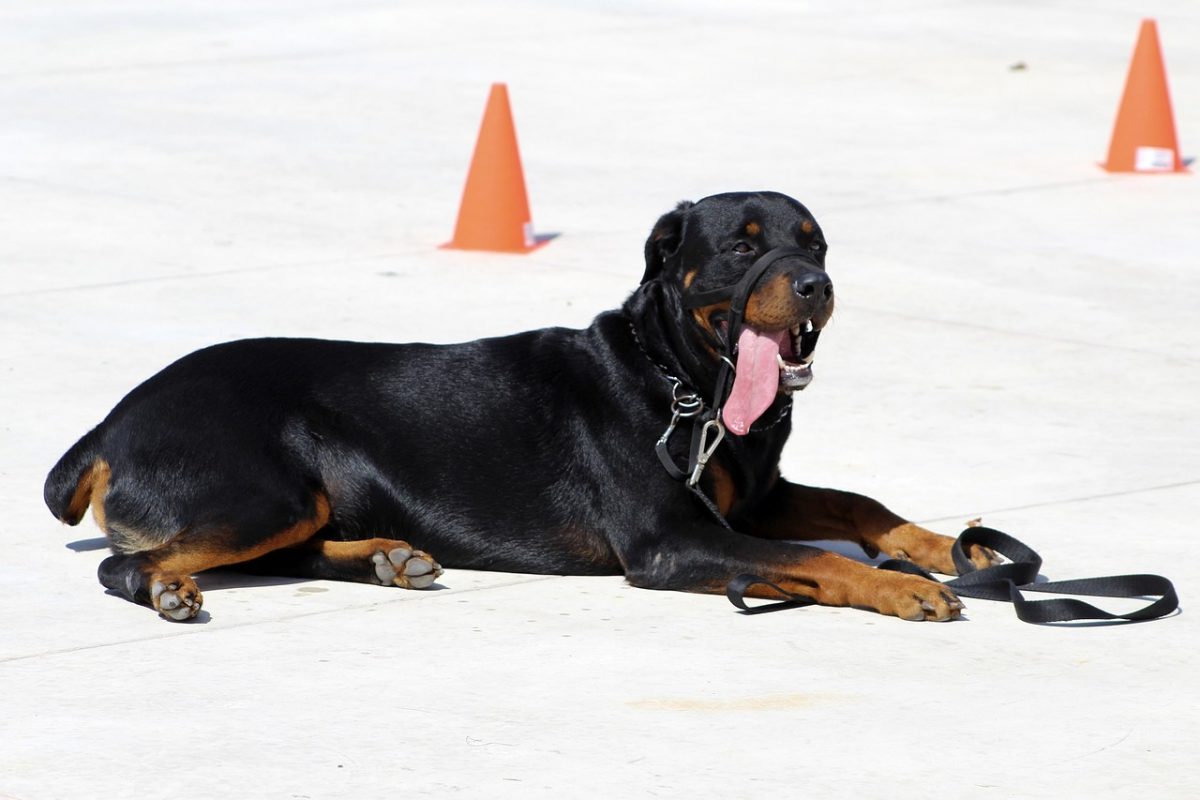Training your dog to be off-leash is an essential skill that enhances both your and your dog’s quality of life. It fosters trust between you and your pet, gives your dog a sense of freedom, and is immensely beneficial for their physical and mental health. However, achieving reliable off-leash behavior requires patience, consistency, and the right approach. Here are five essential tips to help you train your dog to be off-leash.
1. Master Basic Commands
Before you even consider off-leash training, your dog must respond reliably to basic commands such as “sit,” “stay,” “come,” and “heel.” These commands form the foundation of any successful off-leash training by ensuring you can control your dog and guide their actions, regardless of distractions. Practice these commands in a variety of settings, gradually increasing the level of distraction to ensure your dog responds in any situation.
2. Use a Long-Line Leash
Transitioning directly from a standard leash to no leash can be too abrupt for most dogs. Instead, use a long-line leash to simulate off-leash conditions while maintaining control. This allows your dog to explore and enjoy a sense of freedom, while you retain the ability to guide and correct their behavior as needed. Gradually increase the distance between you and your dog during these sessions, rewarding them for staying close and responding to commands.
3. Practice in Safe, Enclosed Areas
When beginning off-leash training, choose safe, enclosed areas to minimize risks. This could be a fenced backyard or a designated dog park. These environments allow your dog to explore off-leash in a controlled, safe setting. Pay close attention to how your dog behaves when they think you’re not watching, as it can provide insights into their readiness for more open environments.
4. Focus on Recall Training
A reliable recall is the cornerstone of off-leash training. Your dog must come to you immediately upon command, regardless of distractions. Start recall training in a quiet environment and gradually introduce more distractions as your dog’s reliability improves. Use high-value rewards to make coming back to you the best option in your dog’s mind. Practice this regularly, and never punish your dog for returning to you, even if it takes longer than expected.
5. Gradually Introduce More Distractions
As your dog becomes more reliable in controlled settings, gradually introduce them to more challenging environments. Start with less crowded areas and slowly work your way up to busier parks or trails. Always monitor your dog’s behavior closely and be prepared to revert to a long-line leash if they become too distracted. This gradual exposure helps your dog learn to navigate various distractions while remaining responsive to your commands.
Training your dog to be off-leash is a rewarding process that benefits both you and your dog. It requires patience, consistency, and a strategic approach. By mastering basic commands, using a long-line leash, practicing in safe areas, focusing on recall, and gradually introducing distractions, you can help your dog develop the skills and confidence needed for successful off-leash behavior. Remember, every dog is different, so tailor your training approach to your dog’s unique personality and learning style. With time and dedication, you can enjoy the freedom and joy of having a well-trained off-leash companion.



